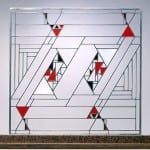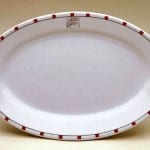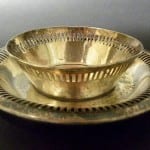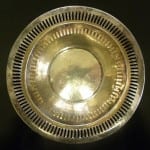chicago's demolished midway gardens and the afterlife of its salvaged remains
This entry was posted on May 10 2021 by Eric

the building 51 collection is fortunate to include a few incredibly rare fragments from the non-extant frank lloyd wright-designed midway gardens. among the artifacts is a remarkable c. 1914 panel, comprised of cast concrete and originally part of a larger decorative frieze. a very limited number of the frieze panel blocks are known to exist, and are almost always found in states of disrepair. in the aftermath of the site's demolition, this largely intact block is unique in that it contains three sections which create a visually cohesive representation of an undamaged block. the fragments - when pieced together - provide a undeniable sense as to how wright's design looked and felt, the scale and weight of the materials.
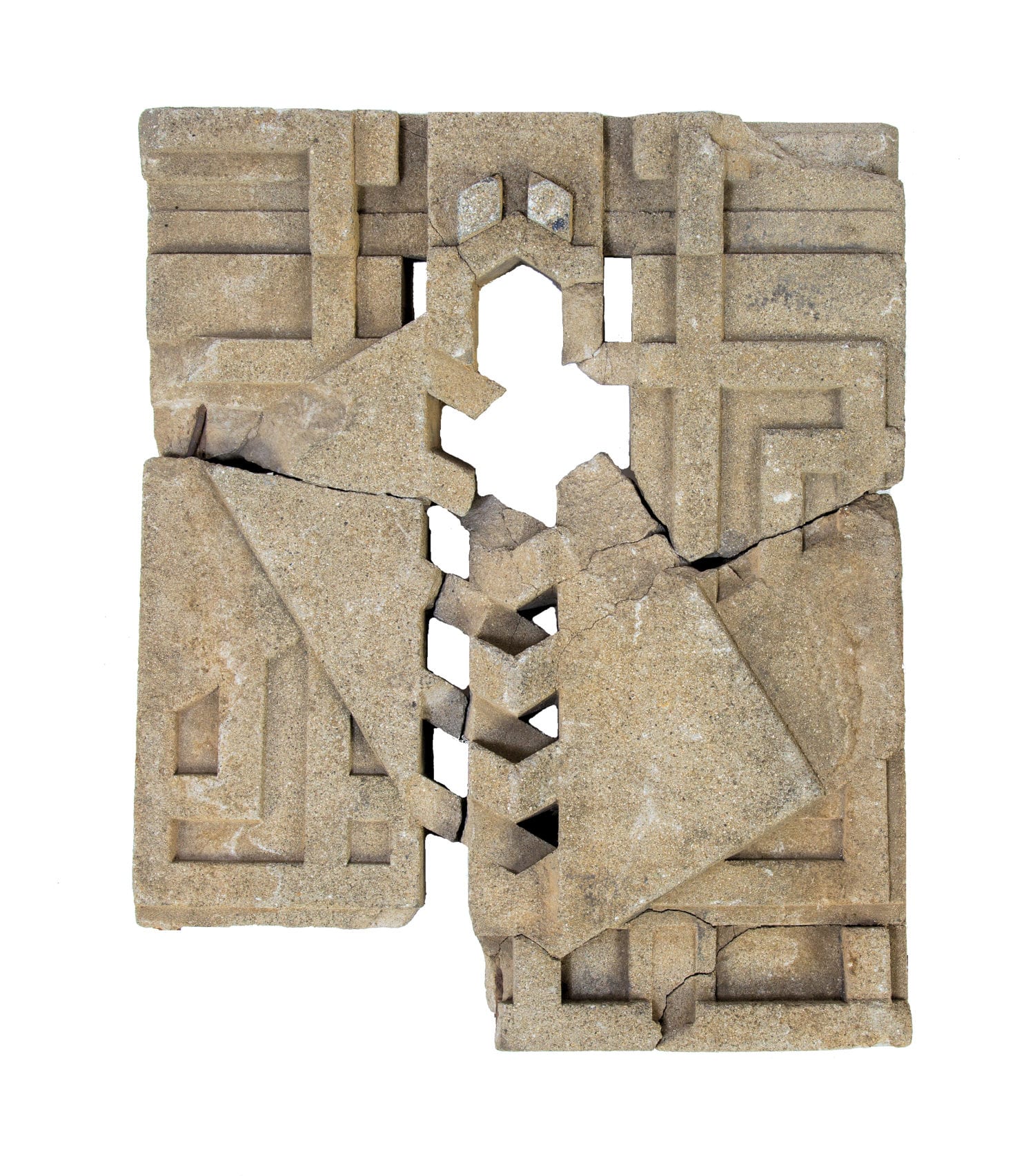
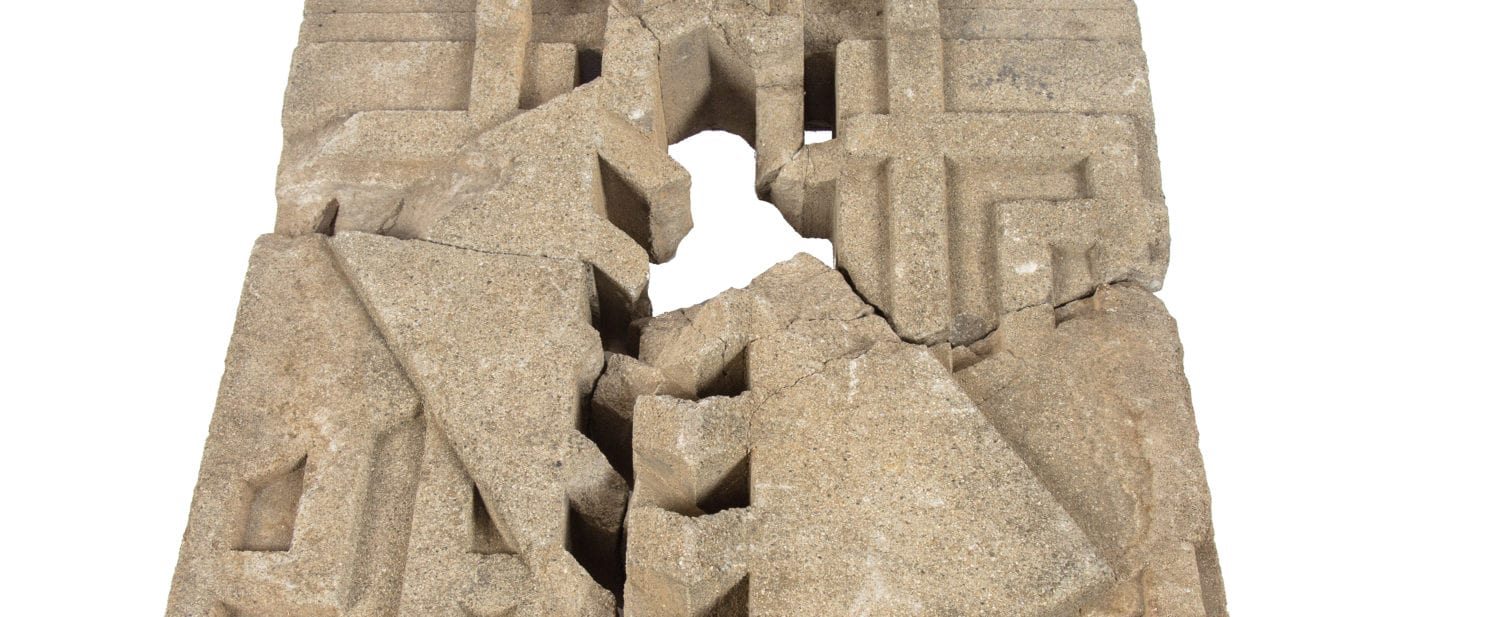
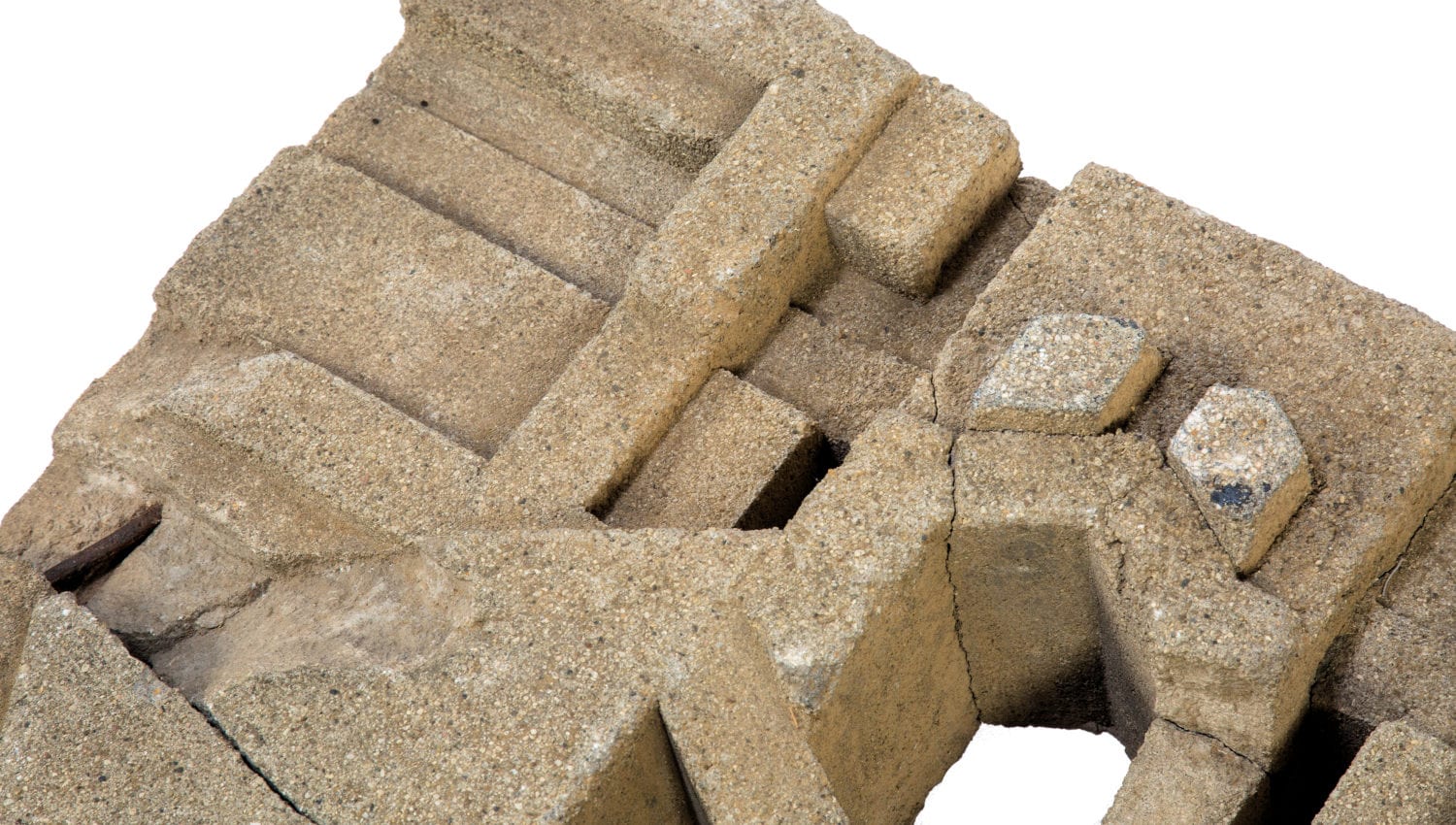
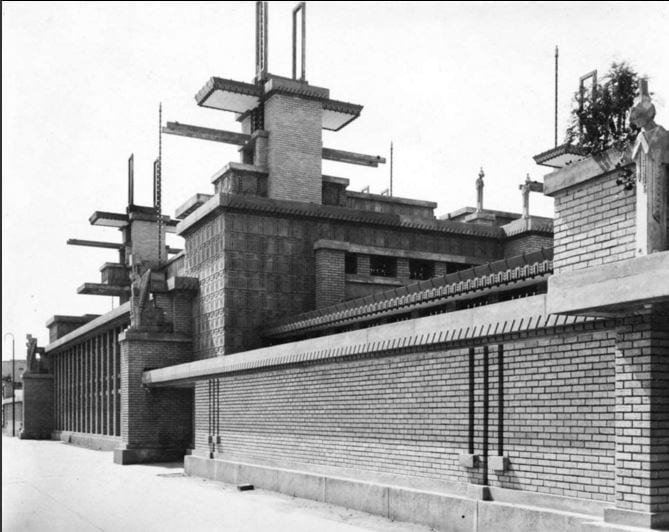
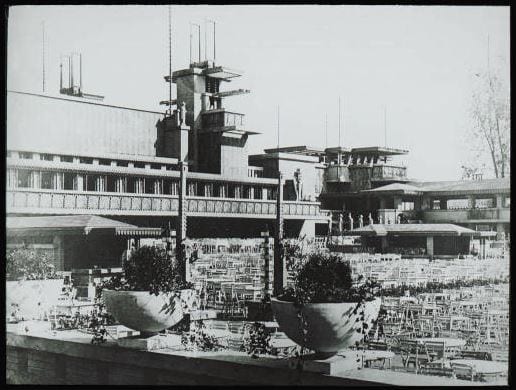
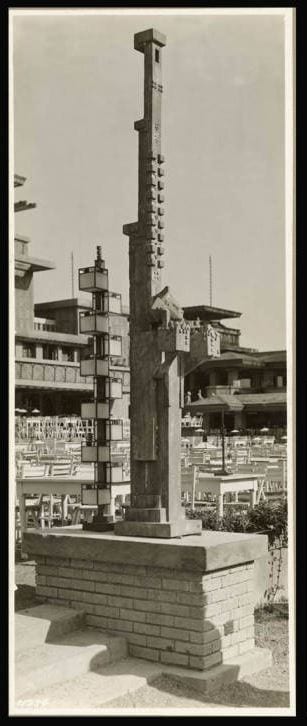
midway gardens was a complex constructed in 1914 that lasted a total of 15 years before being tragically turned to rubble, and then into a gas station and carwash. any remains of the structure were bulldozed into the lake michigan break wall, and only richard bock and alfonso iannelli's "sprite" sculptures survived intact. the 300 square foot entertainment facility utilized a flowing indoor/outdoor floor plan to create a concert garden with space for year-round dining, drinking, and performances. with its worldly design elements and european influence, the gardens were truly a metropolitan venue. the hyde park neighborhood played home to what is identified as one of frank lloyd wright's seminal buildings (along with the non-extant imperial hotel in tokyo) that experimented in abstract architecture on this impressive scale. the modernist architecture was based on strict geometrical forms designed by wright, and the building itself made of yellow brick and patterned concrete block.
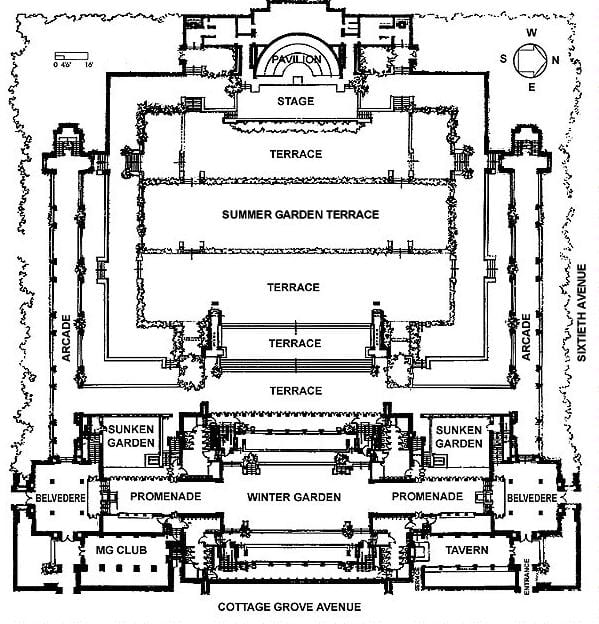
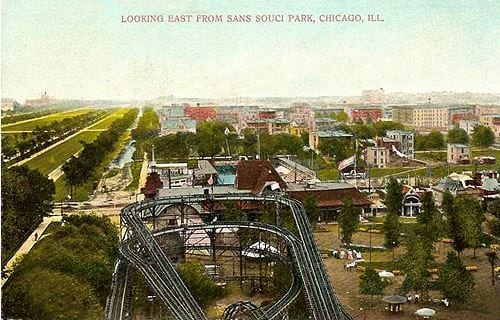
prior to its construction, the site had been the sans souci amusement park (1899), but the property was leased to another group of investors, one of whom had a father that worked with wright before; thus edward waller jr became instrumental in commissioning wright as the architect. in the end midway gardens included an indoor restaurant and dance hall, a five-tiered, outdoor terraced summer garden with band shell, a tavern, a private club, promenades, cigar concession stands, two sunken gardens and pools and multiple courtyards. occupying a double city block, at the southwest corner of cottage grove avenue and 60th street, the structure enclosed the area where midway plaisance meets washington park. according to a 1914 publication announcing the opening of the complex, midway gardens was inspired by such european cities as paris, berlin, munich, and dresden, clearly aiming to be a sophisticated music center that would attract world-class entertainers. in fact ballerina anna pavlova and jazz great benny goodman would perform there, among many others. it opened with the national symphony orchestra, and throughout its several iterations remained a major dance hall on the south side of chicago.
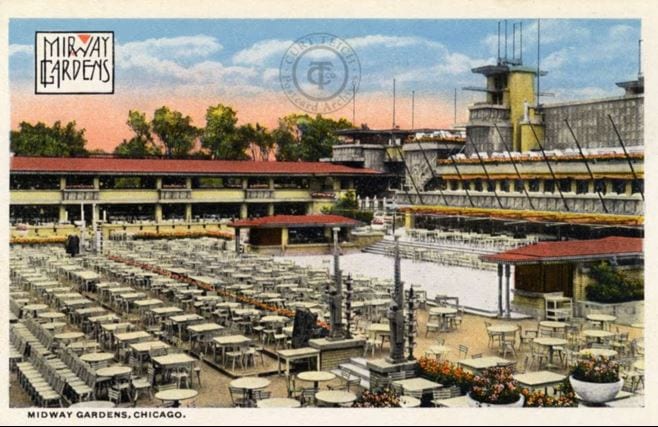
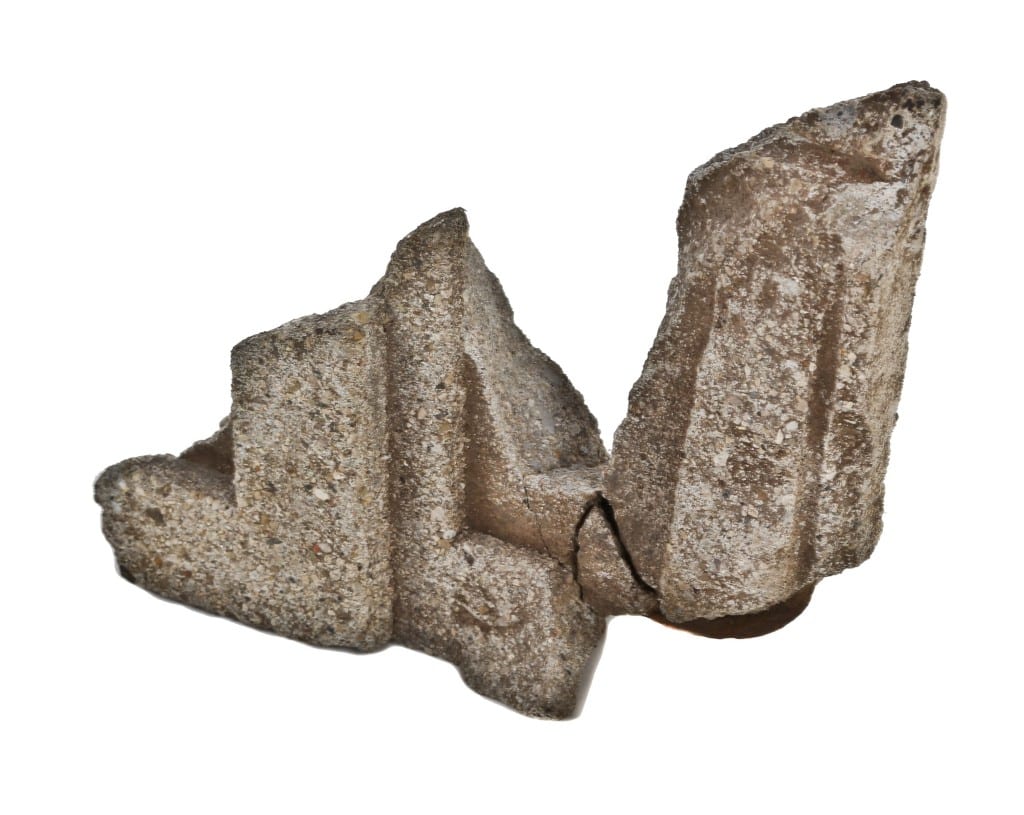
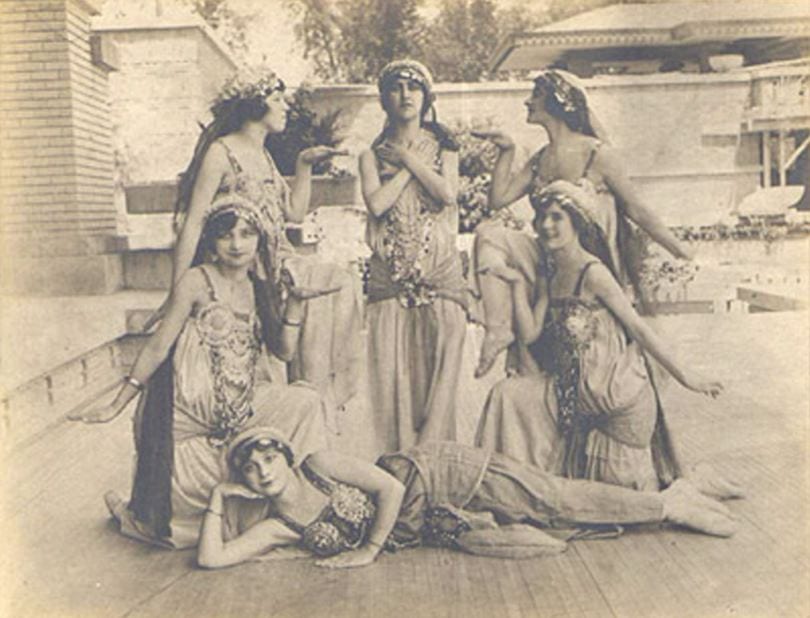

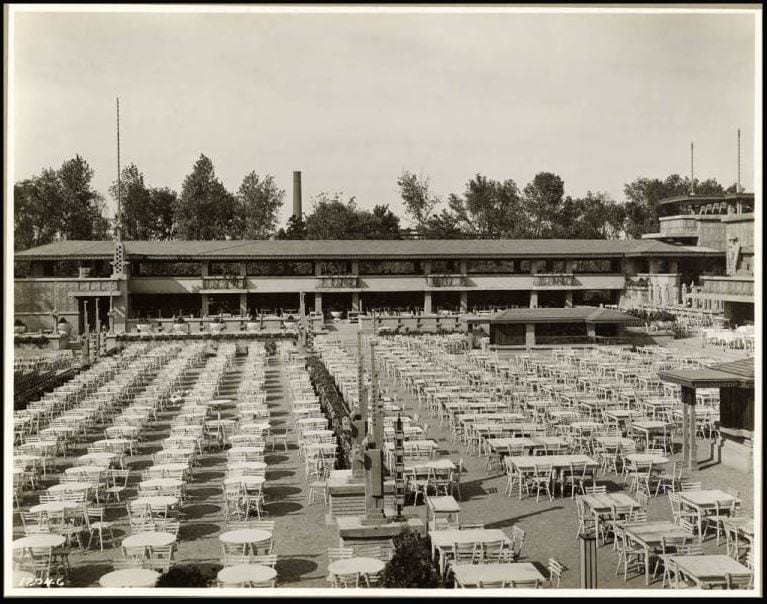
the complex design and extensive use of decoration exemplified a shift in wright's approach which would characterize his work for many years. he designed comprehensively the objects and decor that would fill the center, creating its furnishings, china, graphic designs, and embellishments for the walls. in keeping with wright's style, the building also featured rows of art glass and hidden entries.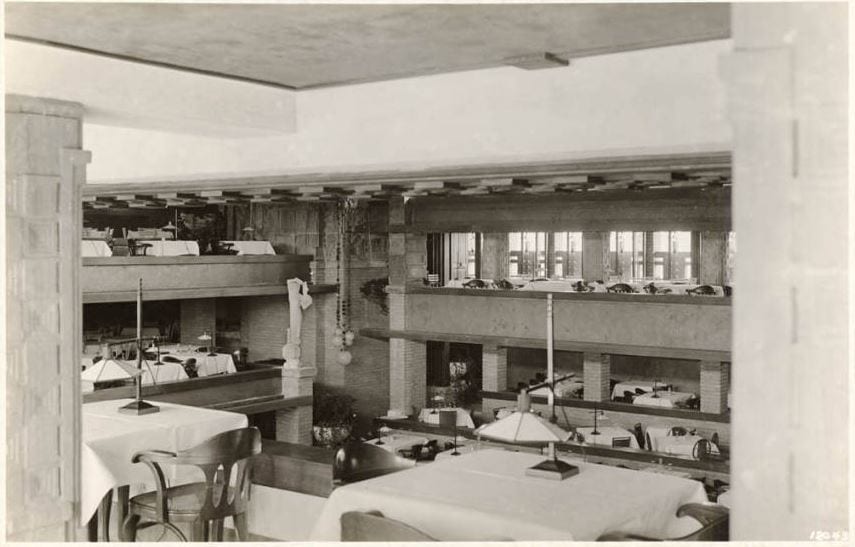

as an establishment, midway gardens suffered the influence of national events, with business subject to the crisis of world war 1 and later prohibition. in 1916, midway gardens was sold to schoenhofen brewing company to become a beer garden renamed "edelweiss". the brewery also altered wright's work in an effort to stimulate new business, choosing to build two more dance floors, paint over the concrete and sprites and stencil on plain surfaces. they meanwhile shifted to showing vaudeville ragtime and cabaret. the aesthetic changes were made much to wright's dismay and he was known to have written that they "added obnoxious features" and that the site was "cheapened to suit a hearty bourgeois taste." when the venue was again sold, to e.c. dietrich midway automobile tire and supply company, the winter garden was revised and enlarged by removing the balconies and moving four large sprite sculptures. in 1929 the building was leased to sinclair filling station & car wash, and the gardens were finally demolished. a testament to wright's design, however, is the difficulty with which the building was brought down; the building was so solidly constructed that the wrecking company went into bankruptcy during the job.
update as of 4-30-2021:
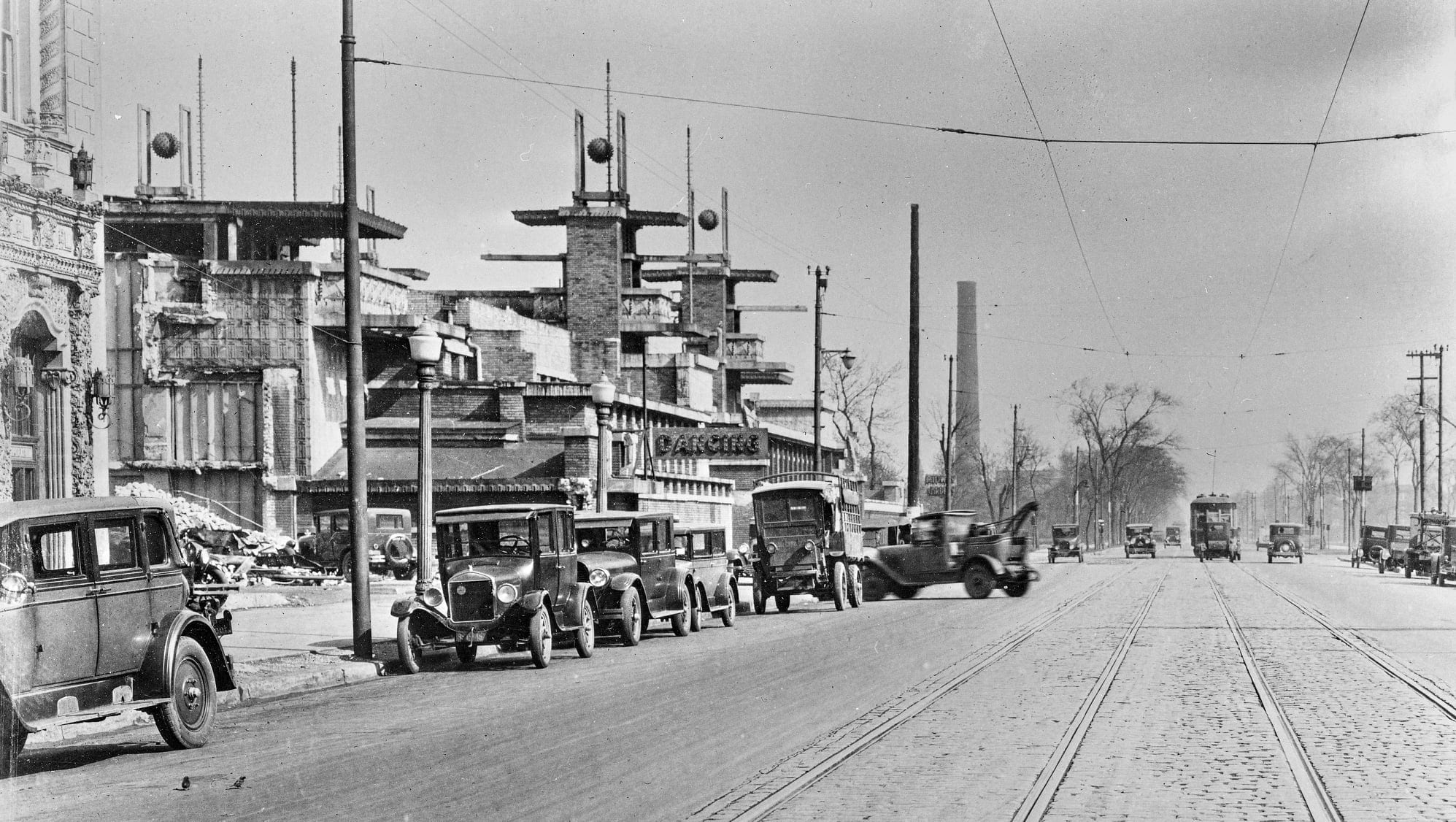
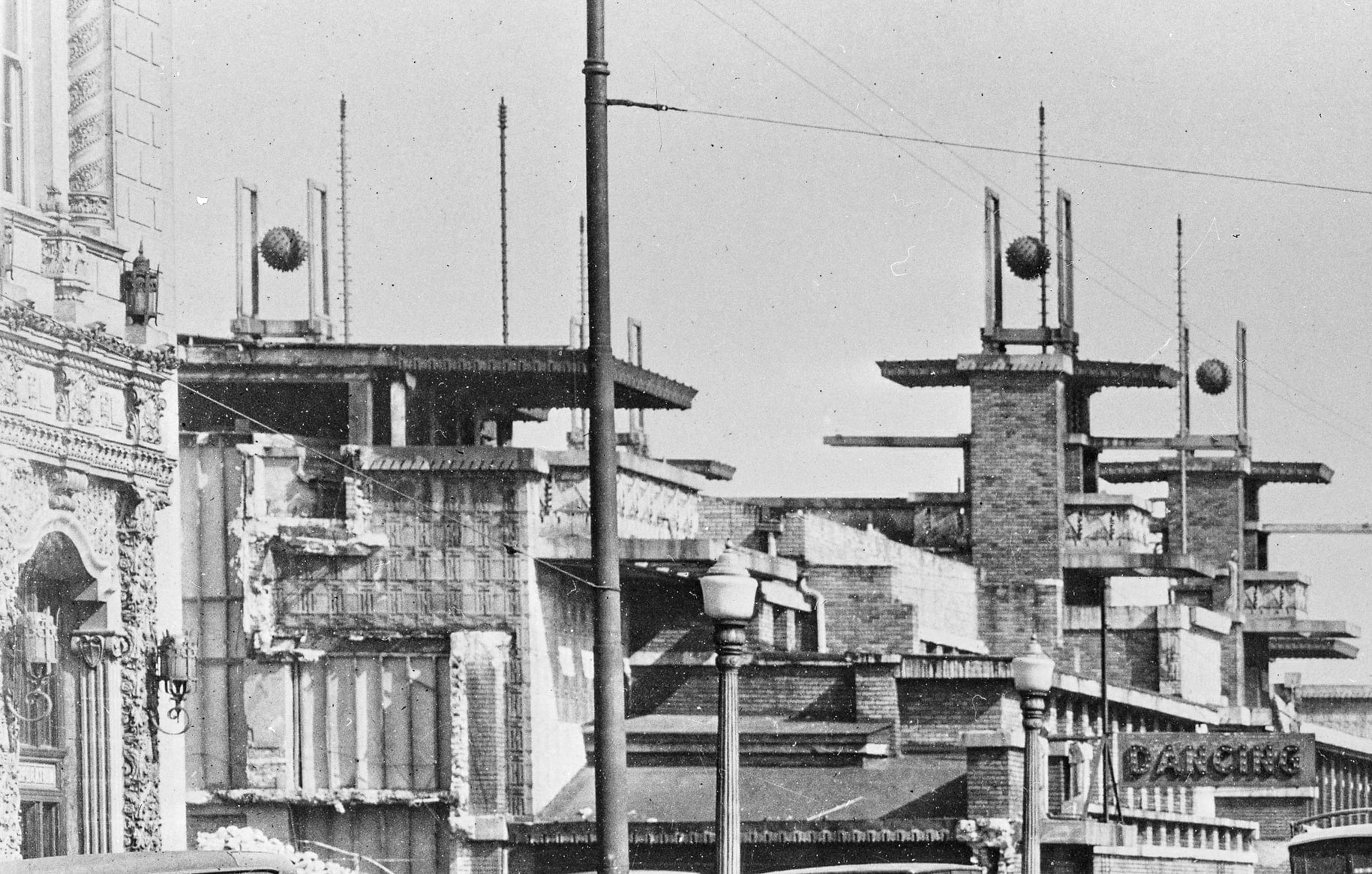
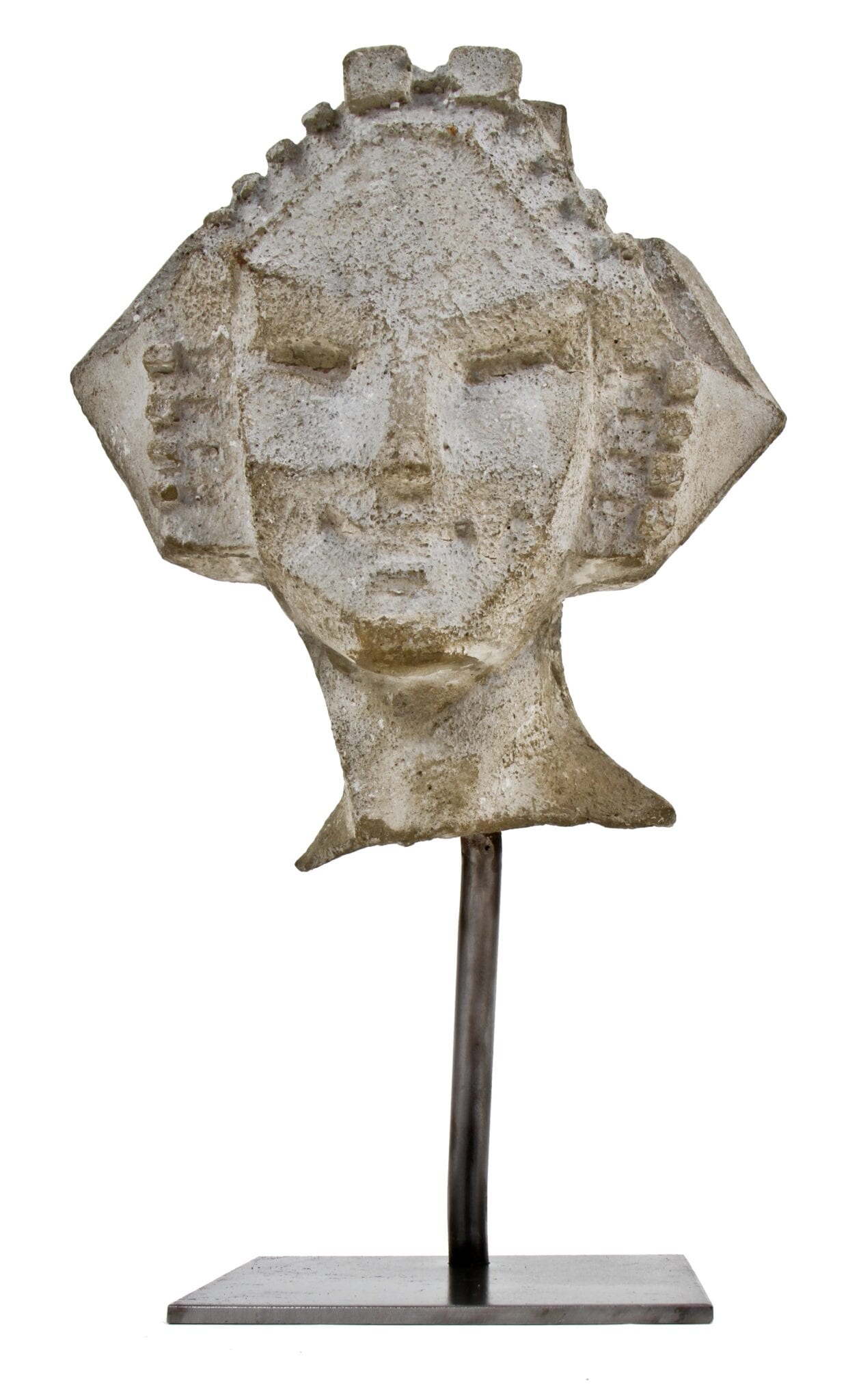
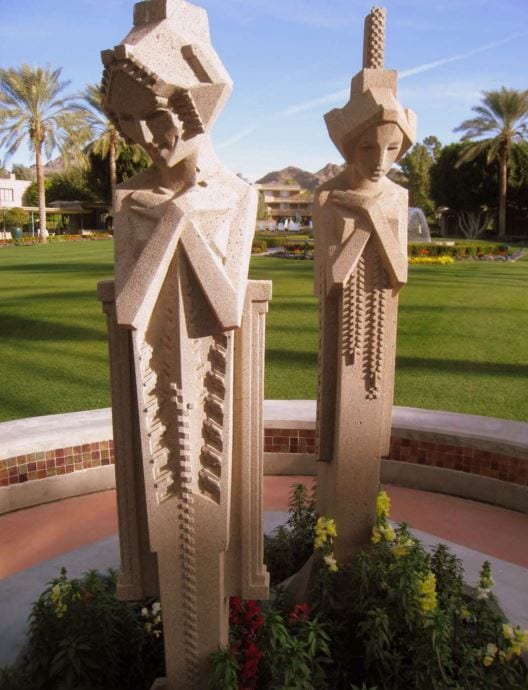
since that time, few of the elements or sculptures from midway gardens have survived. the original sculptor, iannelli, managed to retrieve some segments before the demolition of the property. the demolition contractor, william j. newman, also took several sculptures and cement blocks to his farm in wisconsin; when wright heard of this, he purchased them and thereafter they remained with his estate. examples of sculptures in private collections and institutions include those installed in the garden of the glessner house, in the collections of the chicago architecture foundation, and at the art institute of chicago. maquettes are in the collection of the late seymour persky, while many other sprites were donated in the mid-1950's by mrs. raab of dawn manor to decorate wright's theater at taliesin.
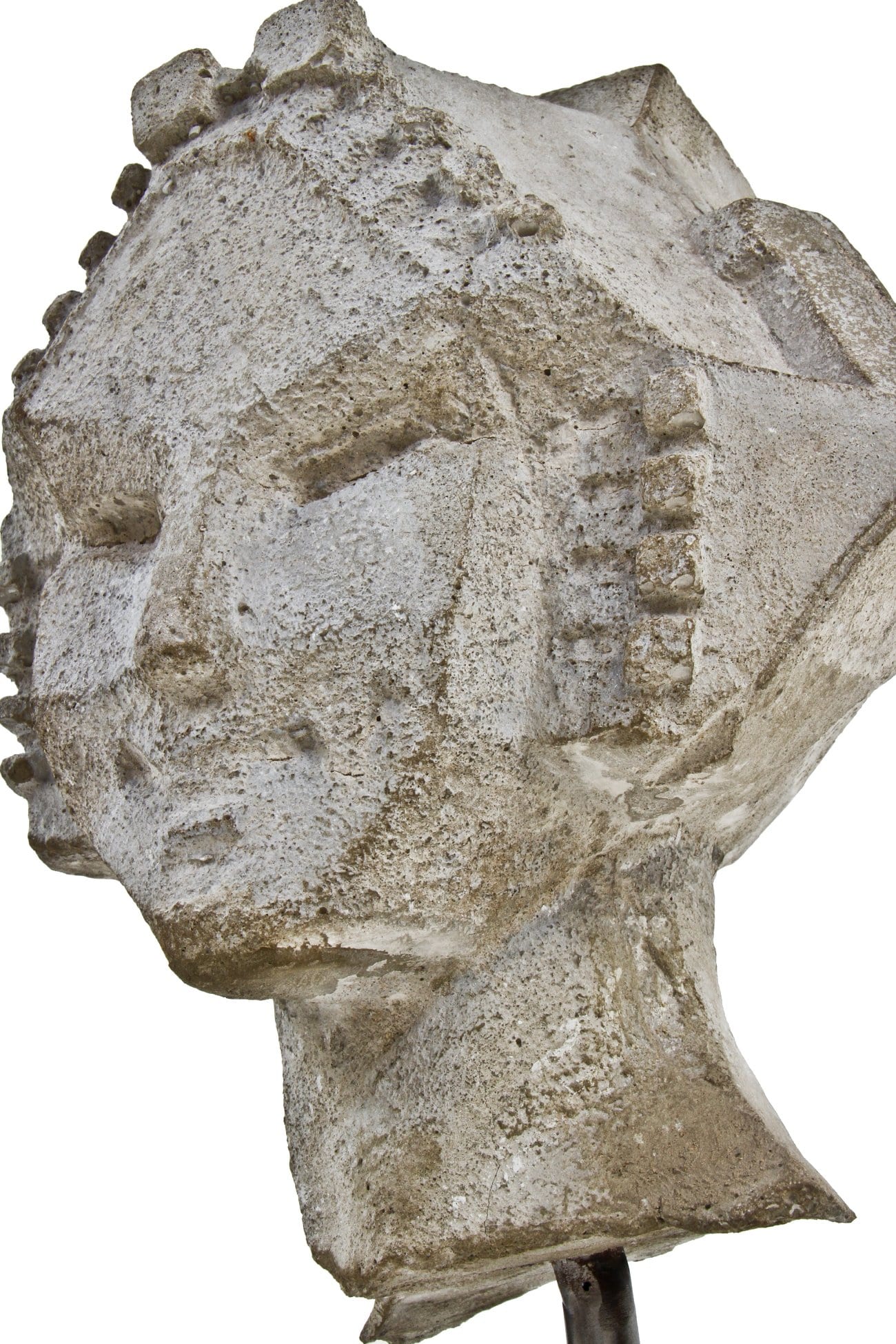
cast concrete sprite head fragmen, sculpted by alfonso iannelli.
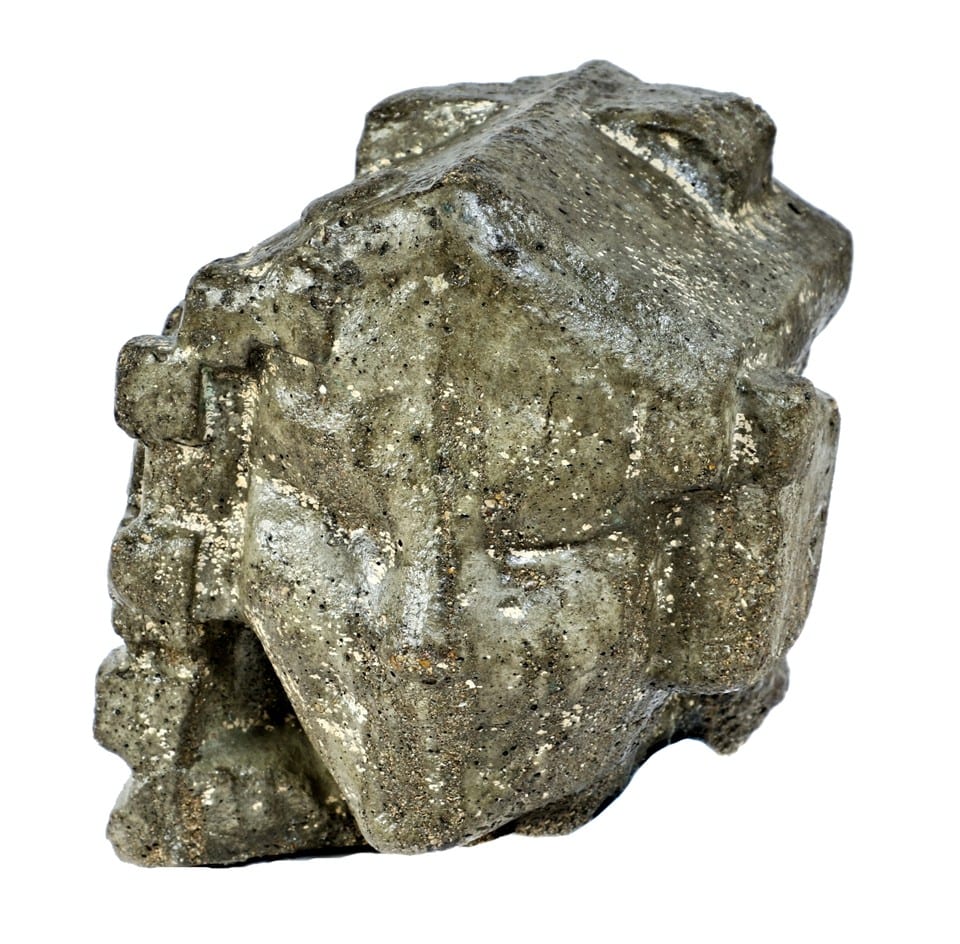
well-executed full-scale alfonso iannelli-designed midway gardens figural head cast from a plaster mold taken directly from the only surviving fragment belonging to the entertainment complex's interior fountain. the abstract figural sculpture is comprised of cast concrete with material and finish identical to the original. the architectural fragment has been mounted on a custom-built welded joint display stand, comprised of a solid steel rod affixed to a flat heavy gauge steel plate with a brushed metal finish. the original fragment was rescued in 1939 by taliesin apprentice edgar tafel who visited the midway gardens site demolition while supervising the lloyd lewis house in libertyville, an affluent northern suburb of chicago. during his visit, there was still a great deal of rubble scattered across the site, including the broken head from the massive indoor fountain. the face was slightly eroded over time from facing up (i.e., exposed to the elements) while resting in the rubble. since the back of the head was partially buried, the detailing remains sharp. the head was later handed over (reluctantly) to the lewis family after they managed to convince tafel to give it to them. there is no record indicting what became of the original fragment. courtesy of the bldg. 51 museum archive.
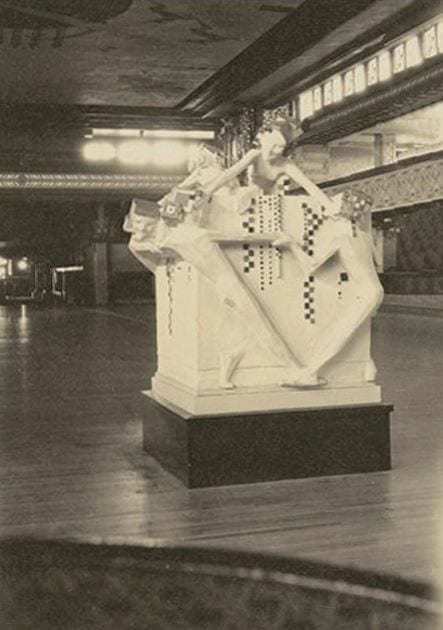
This entry was posted in , Miscellaneous, Bldg. 51, Events & Announcements, Featured Posts & Bldg. 51 Feed on May 10 2021 by Eric
WORDLWIDE SHIPPING
If required, please contact an Urban Remains sales associate.
NEW PRODUCTS DAILY
Check back daily as we are constantly adding new products.
PREMIUM SUPPORT
We're here to help answer any question. Contact us anytime!
SALES & PROMOTIONS
Join our newsletter to get the latest information

